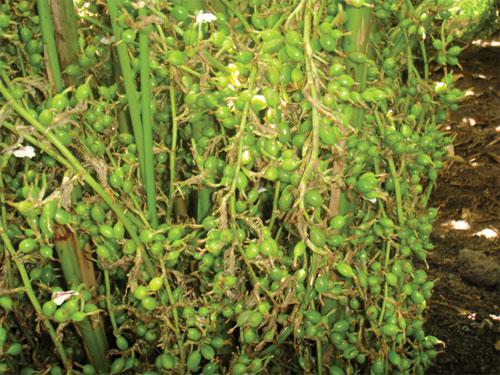
Cardamom
Cardamom is well known as a spice used in Indian cooking, and is one of the primary constituents of Garam Masala. What many people don’t realize is that cardamom is also medicinal, and helps relieve digestive problems induced by garlic and onion, making it more than merely an aromatic addition to the stomach-challenging cuisine it accompanies. Cardamom is considered one of the most valuable spices in the world due to its rich aroma and therapeutic properties.
Many varieties of cardamom exist, but there are two genera which include cardamom plants. The first, known scientifically as Ellataria and commonly referred to as green or true cardamom, is found mainly in India. Cardamom grown in Asia is part of the genus Amomum, and goes by an assortment of common names, such as brown cardamom, Java cardamom, Bengal cardamom, Kravan, white cardamom, Siamese cardamom, and red cardamom
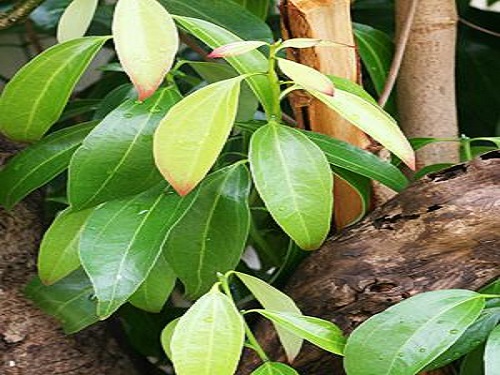
Cinnamon
Cinnamon is a smaller semi-tropical tree. A wonderful indoor container plant. Cinnamon grows 4 to 5 feet indoors and 20 to 30 feet outdoors, with thick oval or lance shaped leaves that can reach 4 to 7 inches long. It is hardy in the southern regions of the country. Cinnamon bark is harvested from branches that are at least 2 years old. Widely used for culinary and confectionery purposes these trees can grow very rapidly and sport ovate cinnamon colored leaves that turn deep green with age. Cinnamon’s roots can be traced back to the time of the Egyptians and had played a crucial role in many facets of our worlds spice trade.
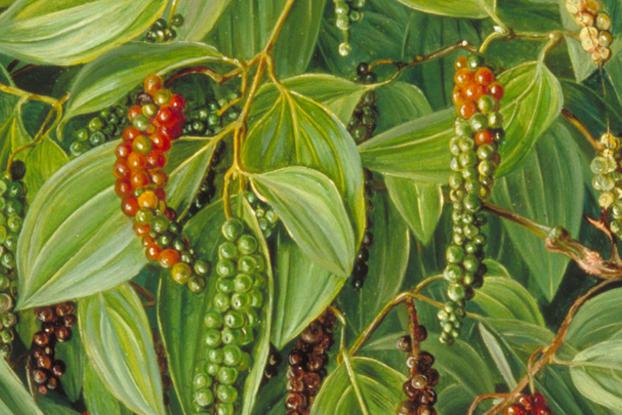
Black Pepper
Black pepper fruits are the source of one of the world’s most widely and frequently used spices. Black, white and green peppercorns all come from Piper nigrum and are popularly used as a hot and pungent spice for flavouring food. Black pepper is also used in traditional medicine, particularly for digestive ailments.
Scientific name: Piper nigrum L.
Common name: Black pepper, white pepper, green pepper, peppercorn, Madagascar pepper (English); pippali (Sanskrit); kali mirch (Hindi, Urdu); milagu (Tamil)
Conservation status: Widely cultivated and not considered to be threatened.
Habitat: Montane tropical evergreen forest.
Key Uses: Food, medicine.
Known hazards: None known.
Taxonomy
Class: Equisetopsida
Subclass: Magnoliidae
Superorder: Magnolianae
Order: Piperales
Family: Piperaceae
Genus: Piper
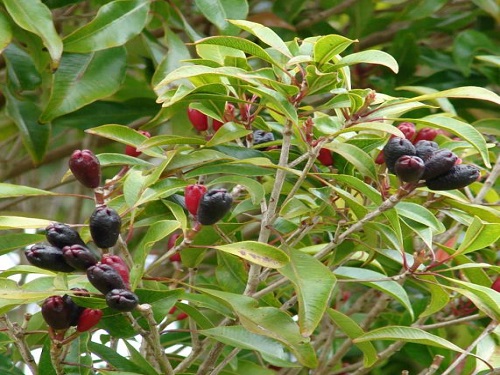
Clove
Chances are, when you think of cloves (Syzygium aromaticum), you think of the many foods flavoured by this distinctive spice. But did you know there’s a lot more to this simple seasoning than meets the eye? Clove isn’t just another spice in your spice cabinet – it’s also a powerful health supplement with a wide variety of uses and applications.
The clove bud contains an unusual mix of compounds found in no other plant, giving the herb its unique medicinal properties. Cloves contain – among other compounds – gallotannins, triterpenes, flavonoids, and phenolic acids. Oil derived from Cloves contains additional compounds including b-caryophyllene, eugenol, and eugenol acetate.
Dietary herbal use of cloves can aid in the relief of a wide variety of ailments, both internal and external. As a supplement, the spice can either be used in its whole form, ground form, or reduced to its essential oil.
Clove use can soothe and relax the inner lining of the intestines, aiding in digestion. It can also aid in quieting upset stomach.
Cloves can help the esophagus produce more phlegm and act as an expectorant, making coughs less severe and more productive.
Clove has been shown to have analgesic properties. This property is particularly effective for tooth pain. Whole clove can be applied directly to the gum in problem areas. The thin skinned membrane of the gums readily absorbs oil from the clove, providing topical relief from pain. Although less effective, clove can also be applied to outer skin to help with sun burn or poison ivy.
Clove can act as an antimicrobial agent, killing parasites and bacteria in the digestive tract. In appropriate dosage, it can help to relieve excessive gas bloating.
There is some evidence that certain compounds in clove act as antihistamines, keeping sinus passageways clear and open.
When the oil is applied topically, it can relieve pain from rheumatism, arthritis, or other inflammation-based pain.
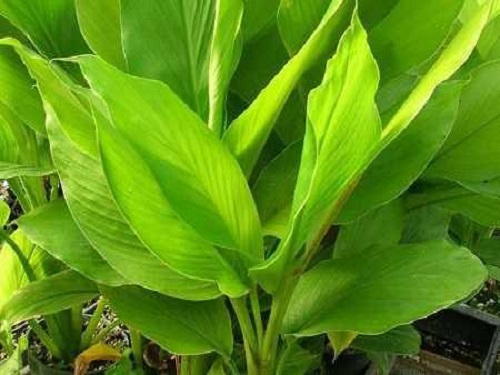
Turmeric
Turmeric is native to the monsoon forests of south east Asia. It is a perennial herb to 1m tall with underground rhizomes. It produces tall, very beautiful, white flower spikes, if clumps are left undisturbed for a year. The flower is so attractive that it is worth growing for this alone. It requires a well-drained soil, frost-free climate and 1000 to 2000mm of rain annually or supplementary irrigation. It thrives best on loamy or alluvial fertile soils and cannot stand water logging. Heavy shade will reduce the yield but light shade is beneficial.
Ground turmeric comprises 25% of curry powder and is used to give it a yellow colour. The harvested rhizomes are boiled and sun-dried for 7-8 days but can be used fresh. It is also used as a yellow food dye, replacing tetrazine. Leaves wrapped around fish flavour it during cooking. In Indonesia, the young shoots and rhizome tips are eaten raw.
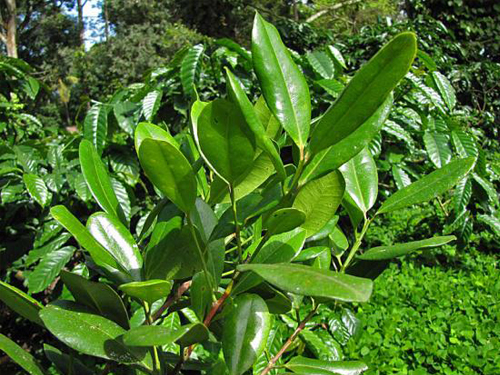
All Spices
Allspice is an aromatic stimulant and a carminative. Pimento water, pimento oil or powdered allspice are useful against indigestion or gas. Taken with laxatives, the oil reduces the chances to cramp. It also makes a good addition for less appetizing medicines. The oil from berries and the leaves are used in antiseptics and medicines for flatulence. Allspice makes an invigorating plaster for rheumatism and neuralgia. The bark and leaves contain tannin and can be used for tanning purposes. The wood which is very firm and hard with close texture, smooth surface and dark to light salmon colour is used for making walking sticks and umbrellas. The eugenol in allspice berry and leaf oils has got bacteriocidal, fungicidal and nematicidal properties. Moreover, it is a good antioxidant too. The oil is also used in perfumes.

Ginger
Ginger is a perennial herb native to Asia that grows 1 meter tall with underground rhizomes. The leaves are light green, thin and strap-like. The flowers are green and insignificant. It is native to monsoon forests and requires a well-drained soil, frost-free climate and 1500 mm of rain annually or supplementary irrigation. It thrives best on loamy or alluvial fertile soils and likes the addition of well-rotted manure or compost. It cannot stand water logging. Light shade is required; this is provided by pigeon pea in India. In a perm culture system it is a useful understory plant.
Ginger rhizomes are widely used to flavor cakes, chutneys, curries, candies and beverages. They are sold dry, powdered, preserved in syrup or crystallized. Very young rhizomes, known as stem ginger or green ginger, are peeled and eaten raw in salads, pickled or cooked in syrup. Young, slightly spicy shoots can be used as a vegetable.
Copyright © 2019 Alpha Agro & Landscape Services. All Rights Reserved.
